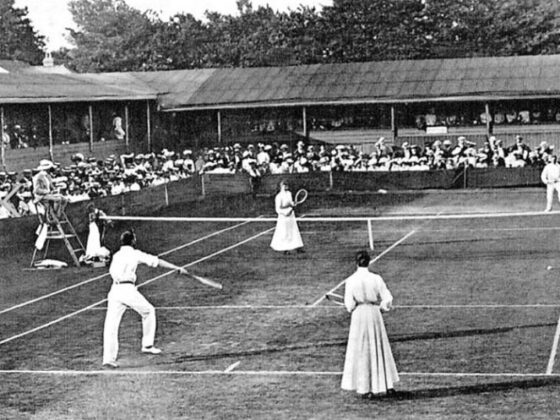Materials that are made of concrete and cement-sand solutions are the most important materials used in the construction industry. However, even these seemingly strong materials have some disadvantages.
The main and rather significant drawback of these materials is their porosity. These pores become the main reason for unhindered penetration into the upper layers of moisture material. This moisture is the main destructive factor and leads to the destruction of the material. These materials have insufficient resistance to acidic environment.In order to eliminate such shortcomings, polymer resins began to be added to these materials. Such resins can completely, or partially, replace the function of the binder. In case of incomplete replacement of the astringent in the mixture, where the main binder is present – cement, water -soluble polymer resins are added. The amount of polymer varies from 1 to 30% of the mass of cement. Thus, they receive polymer -cement materials. The most widespread were: PVA emulsion, acrylic dispersions, latex and synthetic rubber. A characteristic feature of polymeric materials is their plasticity, high properties of adhesion and immunity to the action of aggressive media. It is these properties that they convey to polymer -cement materials.
Unlike polymer -cement products, polymer concrete are produced without the use of cement binder. This function is performed by thermoreactive polymers: phenol -formaldehyde, polyester, epoxy. Such materials differ in much less porosity and mechanical strength. Well, for concrete sealing, the work of a special vibrator of the deep for concrete is necessary.
The cost of production of polymer concrete is slightly higher, however, for the manufacture of structures operating in aggressive environments, such costs are justified.









